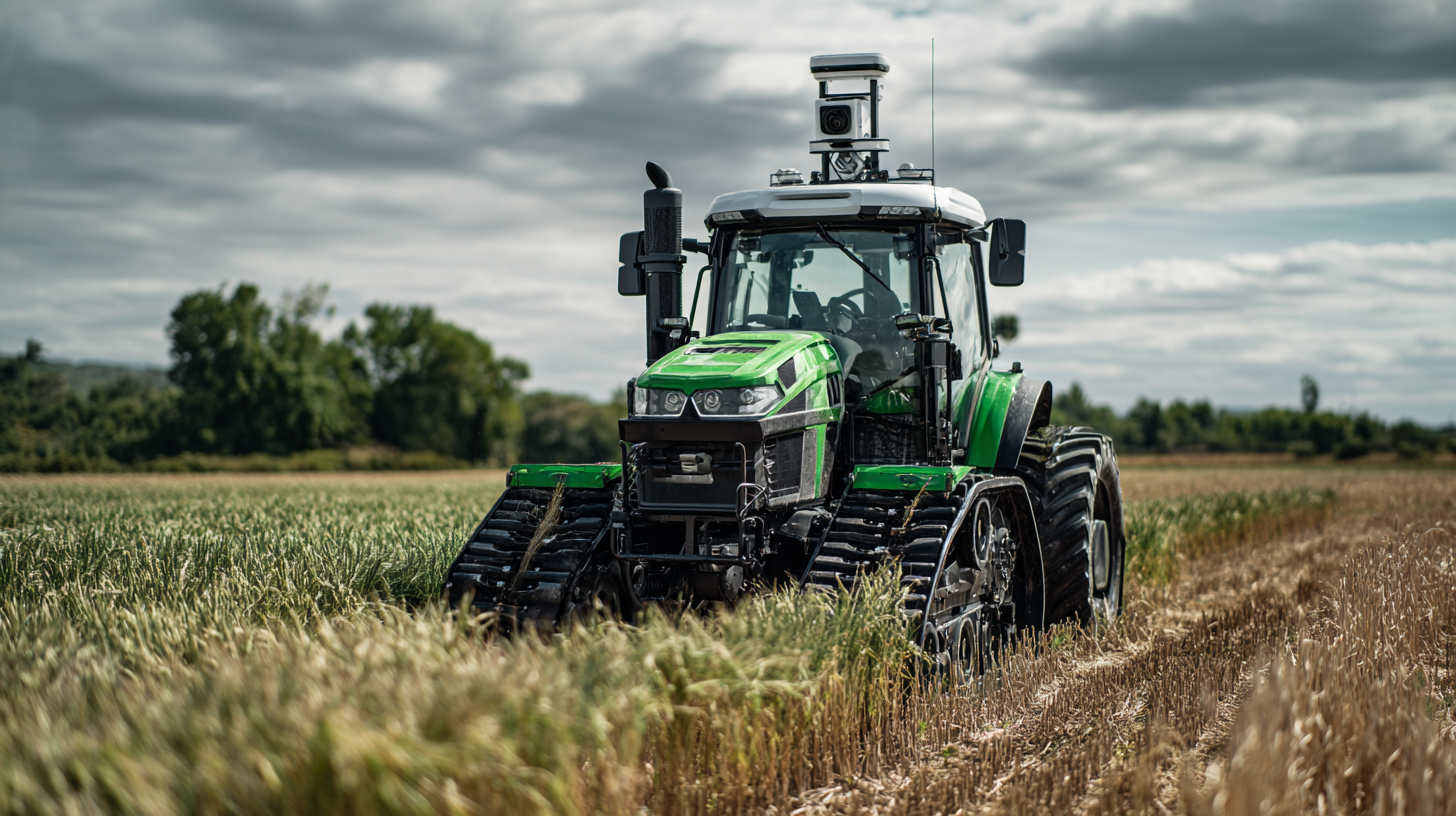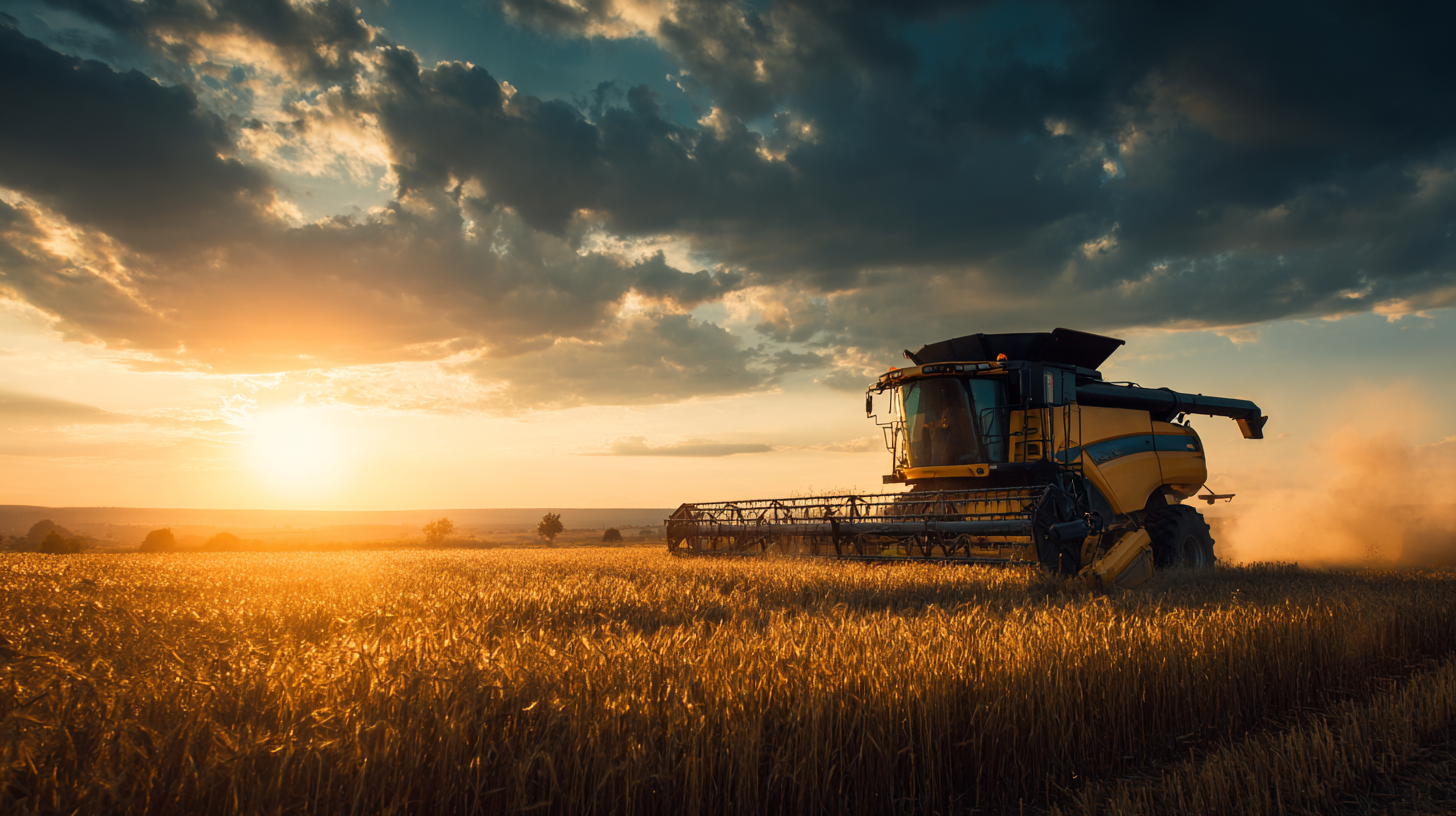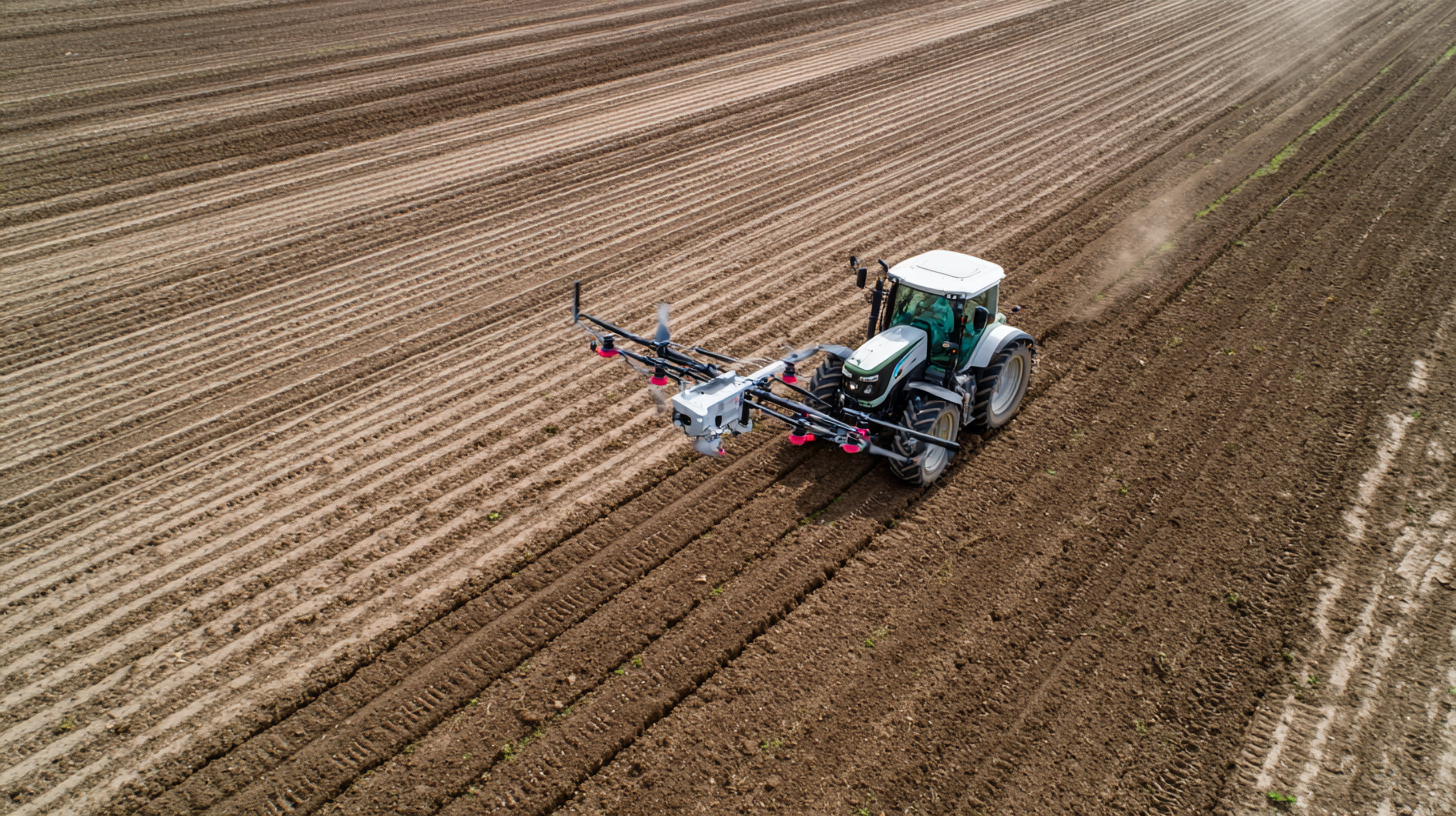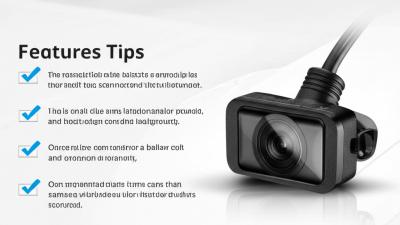Leave Your Message
In an era where precision agriculture is gaining traction, the importance of leveraging technology to enhance crop management cannot be overstated. According to a report by Research and Markets, the global precision farming market is expected to reach $12.9 billion by 2027, with a significant emphasis on optimizing resource use and maximizing yields.

A pivotal innovation within this field is the Agricultural Machinery Monitoring Camera, which allows farmers to monitor machinery performance and crop conditions in real-time. By integrating these advanced monitoring systems, farmers can reduce operational costs by up to 30% and significantly improve efficiency and productivity.
This technological advancement not only empowers farmers with critical insights but also aligns with the growing demand for sustainable agricultural practices. As agricultural challenges evolve, the implementation of Agricultural Machinery Monitoring Cameras will undoubtedly play a crucial role in revolutionizing crop management strategies for the future.
Agricultural machinery monitoring cameras are transforming crop management by providing real-time visibility and data analytics. One of the key features of these cameras is their ability to offer high-resolution imagery, enabling farmers to closely monitor the health and conditions of their crops. This clarity is essential for identifying potential issues such as pest infestations or nutrient deficiencies early, allowing for timely interventions that can enhance yield and reduce losses.
Another significant feature is the integration of advanced analytics and machine learning capabilities. These systems can analyze video feeds and environmental conditions to provide actionable insights, such as optimal planting times or irrigation needs based on real-time data. Furthermore, many monitoring systems come equipped with geographic information system (GIS) technology, which allows for precise mapping of crop health across large areas. This comprehensive approach not only streamlines agricultural operations but also supports sustainable farming practices by promoting efficient resource utilization.
Data analytics plays a crucial role in modern crop management, significantly enhancing agricultural efficiency and productivity. By utilizing advanced sensors and monitoring cameras, farmers can collect real-time data on various factors such as soil moisture, crop health, and weather conditions. This data is then analyzed to provide actionable insights, allowing for informed decision-making and precise resource allocation. For example, by understanding moisture levels in different areas of a field, farmers can optimize irrigation practices, thereby conserving water and improving yield.
Furthermore, data analytics enables farmers to predict potential issues before they escalate into significant problems. Predictive analytics can identify patterns in crop performance and environmental conditions, alerting farmers to potential pest outbreaks or disease risks. This proactive approach not only minimizes losses but also contributes to sustainable farming practices by reducing the need for chemical interventions. Overall, the integration of data analytics into crop management equips farmers with the tools necessary to increase efficiency, reduce costs, and ultimately pave the way for a more productive agricultural future.
This chart illustrates the correlation between the implementation of agricultural machinery monitoring cameras and the efficiency of crop management over five years. The data highlights improvements in various efficiency metrics such as yield per hectare, resource utilization, and labor hours saved.
The integration of camera systems with existing farming equipment marks a significant evolution in crop management. Agricultural machinery monitoring cameras not only enhance visibility across vast fields but also facilitate real-time data collection, enabling farmers to make informed decisions swiftly. These advanced camera systems work in tandem with automated steering technologies, allowing for precision farming that significantly reduces resource wastage. As farmers increasingly adopt these innovations, the focus on efficiency and productivity becomes paramount, pushing the boundaries of traditional farming practices.

In the rapidly evolving field of agriculture, real-time monitoring through advanced agricultural machinery cameras is transforming how farmers manage their crops. These cameras provide precise insights into crop health, soil conditions, and weather patterns, enabling farmers to make data-driven decisions on the spot. With the integration of machine learning and artificial intelligence, these systems can analyze vast amounts of data swiftly, alerting farmers to potential issues before they become significant problems.
Tip: To maximize the benefits of monitoring cameras, invest in high-resolution models that can capture minute details, allowing for more accurate assessments of crop conditions.

By enhancing real-time monitoring, these video systems facilitate precision agriculture, ensuring resources such as water and fertilizer are used efficiently. This not only boosts crop yield but also promotes sustainable farming practices by minimizing waste. With the capability to monitor multiple fields simultaneously, farmers can respond quickly to changing conditions, ensuring their operations remain productive and resilient.
Tip: Regularly check the positioning and calibration of your cameras to ensure optimal coverage and accuracy in monitoring crop health.
The implementation of agricultural machinery monitoring cameras is transforming crop management practices, and training farmers on their optimal use is crucial for maximizing these benefits. According to a report by the International Society of Precision Agriculture, farms that adopt precision agricultural technologies, including monitoring cameras, can see productivity gains of up to 15%. Proper training ensures that farmers can effectively interpret the data collected by these cameras, enabling them to make informed decisions about crop treatment and resource allocation.
Best practices for training involve hands-on workshops that allow farmers to familiarize themselves with the technology and its features. A study from the American Society of Agricultural and Biological Engineers indicates that effective training programs have led to a 20% increase in machinery utilization rates. Additionally, ongoing support and resources, such as videos and guides, can help farmers continuously improve their skills in operating monitoring cameras.
By prioritizing training and implementation, farmers can not only enhance efficiency but also drive sustainable practices that contribute to long-term agricultural success.






